Our guide to the best non-toxic kitchen appliances – and what to avoid for a healthier kitchen
Here's how to replace plastic appliances with safer alternatives
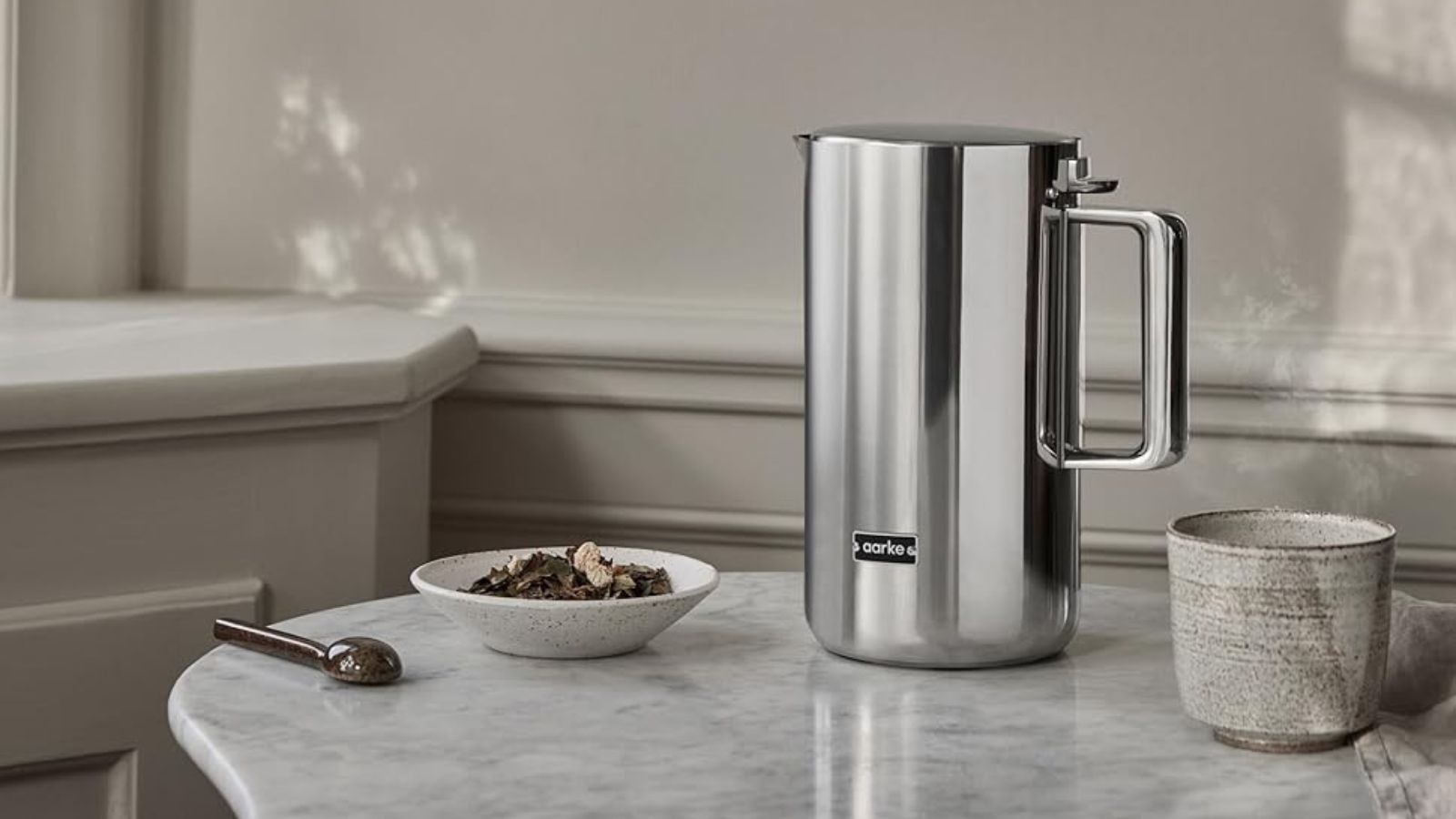
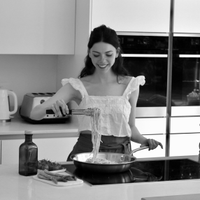
As a cook and recipe editor with some chronic health issues, I value the quality of my cookware just as much as the ingredients I eat. My culinary career has taken me from Mediterranean organic farms to the nutritionist's kitchen of Mindful Chef, and to my current role at Homes & Gardens, where I lead research and testing on the best non-toxic kitchen appliances.
When I talk about non-toxic cookware, I'm mainly referring to the absence of per-and-polyfluoroalkyl chemicals. First used in the 1940s, PFAS are man-made substances that resist oil and water. These chemicals are often found in products designed to be grease-proof and easy to clean (think: waffle makers and non-stick frying pans), but they can also last for centuries without biodegrading, which is why they’re nicknamed ‘forever chemicals.’ Health groups and bodies, such as the FDA, have raised concerns about the cumulative effects on the environment and the human body (more on this below).
When I spoke to Dr. Kelly Johnson-Arbor, a medical toxicologist, she explained that BPA plastic can pose a similar health risk when it's heated in appliances, such as coffee makers and kettles. And, since I started my research, I've also been warned about the risks of heavy metal leaching in kitchen appliances, too.
It's quite a minefield out there, which has led me to search for safer materials in the best non-toxic air fryers, plastic-free coffee makers, and more. This guide is your expert-approved starting point for doing just that. We'll explore what defines a non-toxic kitchen appliance, break down which materials and chemicals to avoid, and offer some recommendations for safer cooking.
The safest materials for non-toxic kitchen appliances
'Glass and stainless steel are some of the safest non-toxic materials, because they are chemically inert, meaning that they do not react with other substances or leach harmful chemicals,' explains Solved Content Editor and our resident queen of 'non-toxic' living at Homes & Gardens, Chiana Dickson. 'We always recommend them over plastic or non-stick products, which can contain phthalates and often leach 'forever chemicals' (PFAS), especially if you use them incorrectly.'
Stainless steel
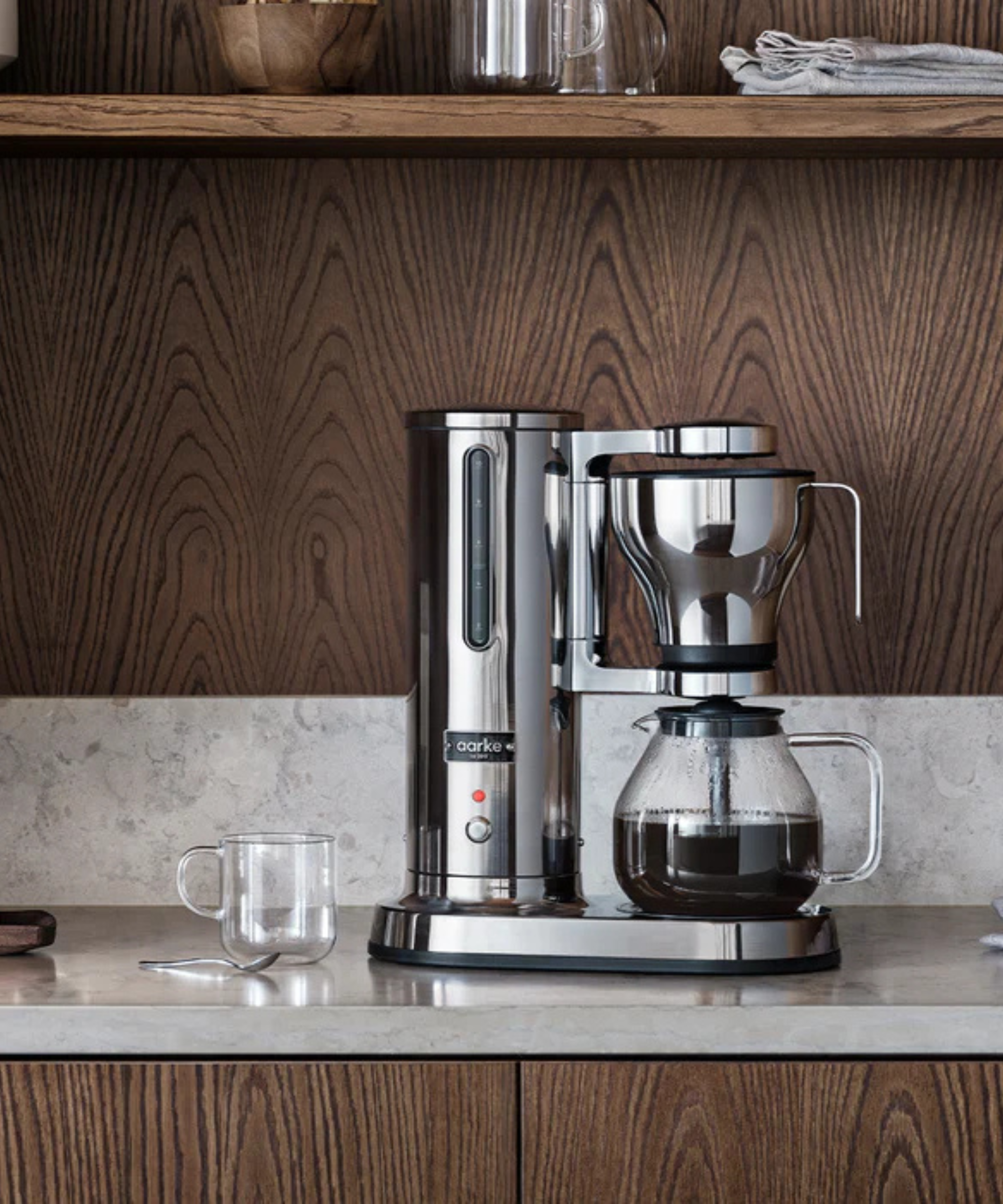
The Aarke Drip Coffee Maker made with stainless steel
Stainless steel is widely considered one of the safest materials for non-toxic kitchen appliances. Stainless steel is naturally free from the potentially harmful chemicals found in plastics or non-stick Teflon, and is safe for food contact with all types of hot and cold ingredients.
You still need to keep your wits about you though, as the quality of your product can make a difference. As non-toxic cookware brand, Caraway point out, 'Lower-grade stainless steel may leach small amounts of nickel or chromium into food, particularly when cooking acidic dishes at high temperatures.'
You should choose kitchen appliances and the best stainless steel pans with food-safe, 18/10 stainless steel for the highest quality and safety standards.
Borosilicate glass
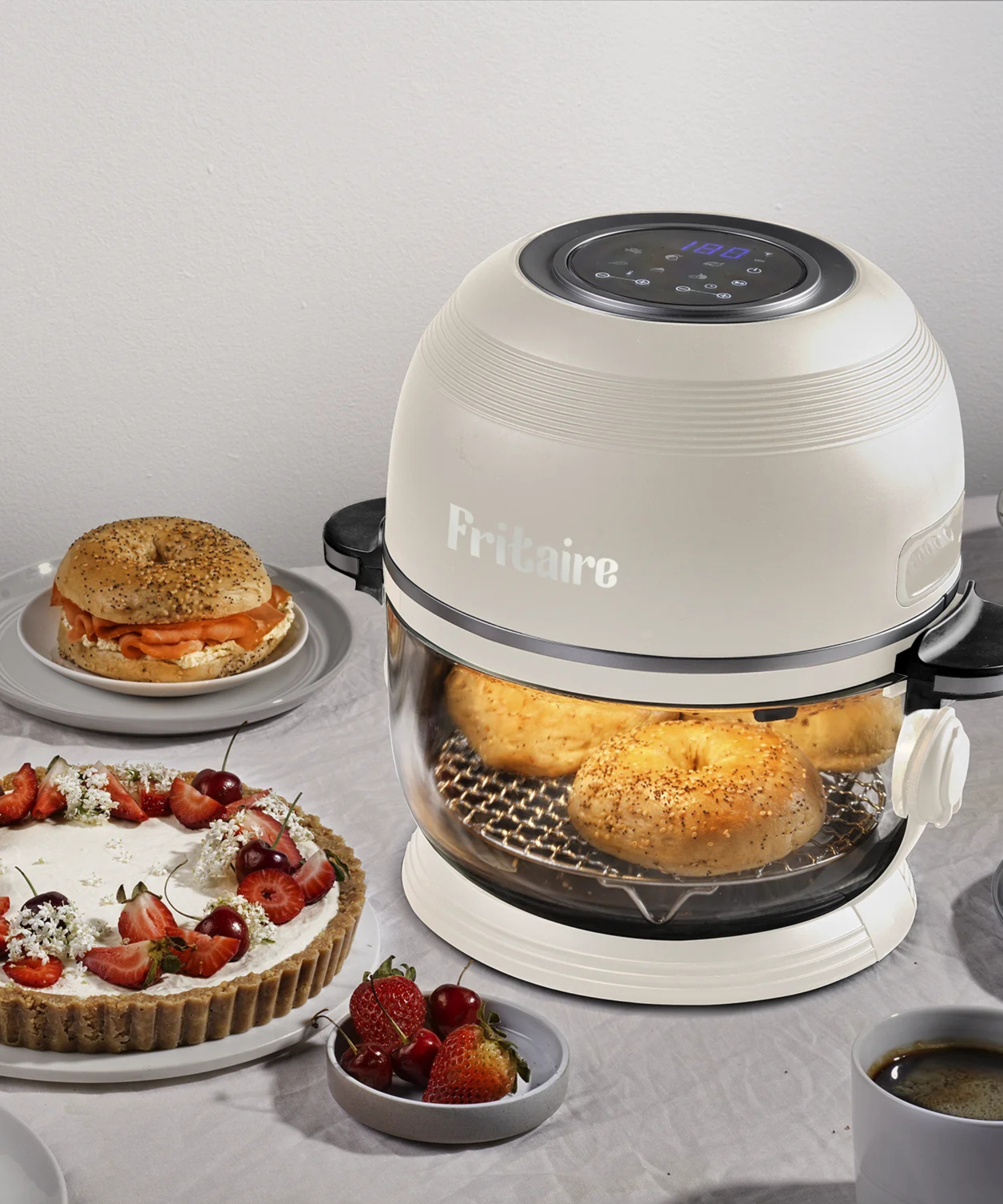
A glass air fryer, made by Fritaire
Like stainless steel, glass is inert and free from the potentially harmful chemicals found in plastics or non-stick Teflon.
My colleague at Solved and author of our guide 'How to create a non-toxic home', Chiana Dickson, explains that: 'Glass is non-porous, meaning that it does not absorb bacteria or hold onto odors, making it a longer-lasting, more sanitary option for your kitchen, too.'
Borosilicate glass stands out as one of the top choices for kitchen appliances; the FDA recommends it for thermal shock resistance and chemical durability. It can withstand rapid temperature changes and acidic ingredients, like coffee, for example.
BPA-Free Tritan Plastic
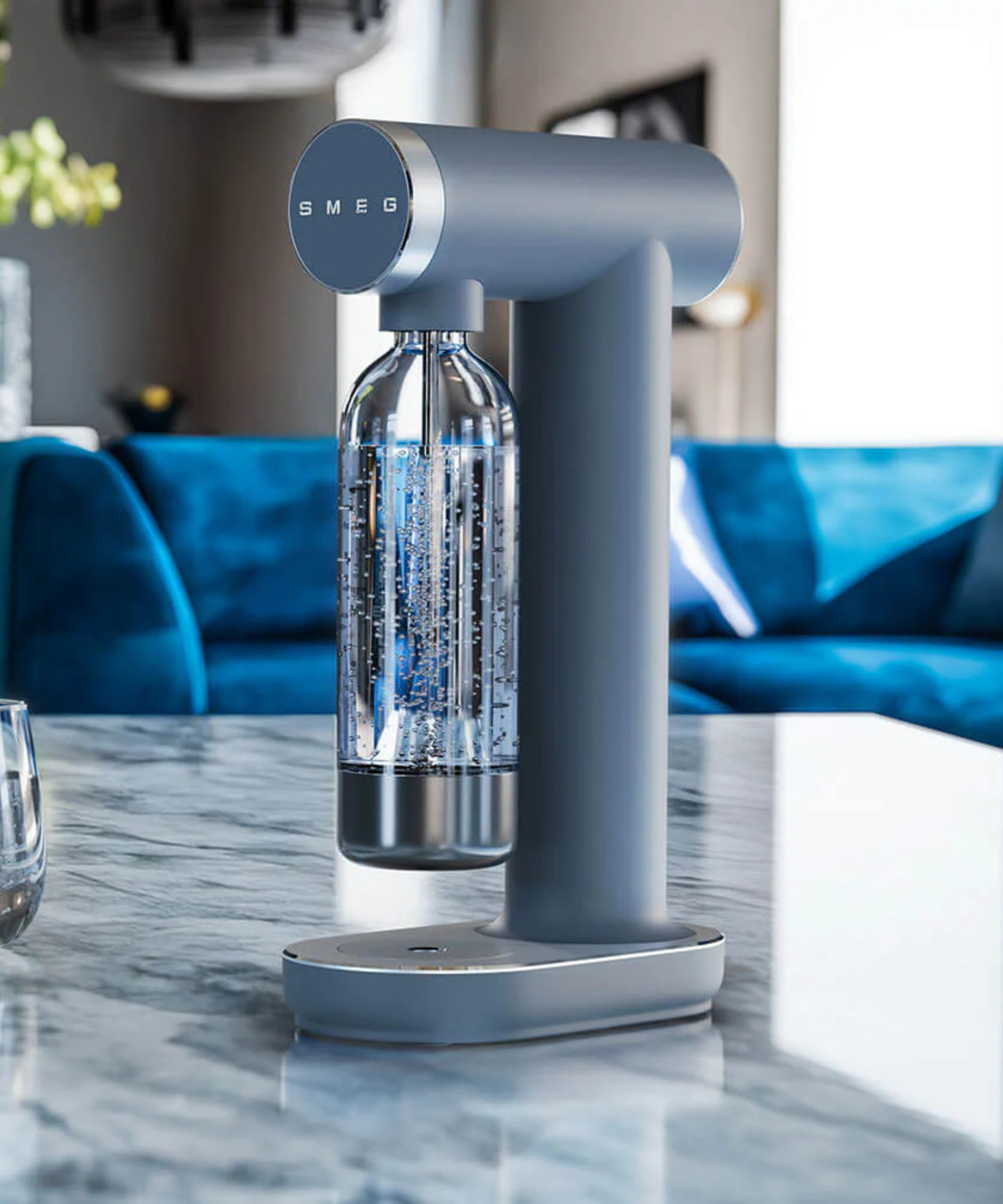
A Tritan bottle on the Smeg Sparkling Water Maker
You might have seen a 'Tritan plastic' label on the best blenders or soda makers. This material is a safer alternative to cheap plastics. Its manufacturer, Eastman, conducts extensive third-party testing to prove that Tritan is made without BPA, PFAS, or California Prop 65 carcinogens and chemicals. Tritan has been certified by various food safety agencies, including the FDA, EFSA, and Health Canada.
Tritan is also known for its strength. It is very unlikely to chip or shatter, and can withstand temperatures up to 212°F, making it suitable for a range of hot and cold beverages, although Eastman says you must avoid boiling water in it.
Materials that are safe but still require caution
The experts explained to me that these materials are also generally considered safe, but they require caution when cleaning or cooking with certain ingredients.
Ceramic coatings
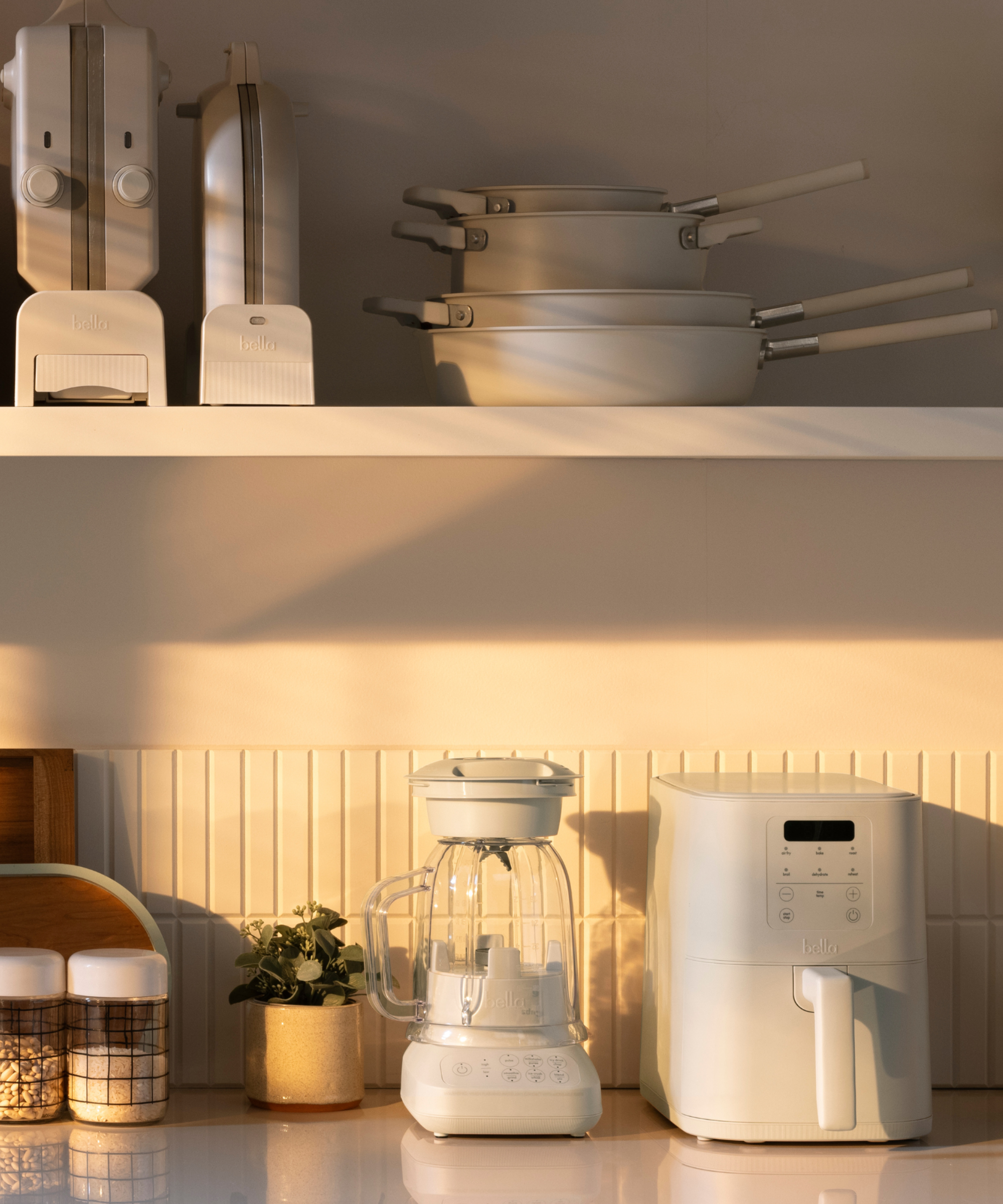
Ceramic-coated air fryers, pans, and panini makers, made by bella appliances
Ceramic-coated appliances are considered safer choices than traditional Teflon, but you still need to treat them carefully. Professional chef and food expert, Maricel Gentile, explains: 'Ceramic-coated pans give you that non-stick surface without traditional chemicals, and the coating adds a layer of protection between your food and the metal. Just remember, ceramic coatings don’t like high heat or metal utensils, so be gentle and use medium heat with silicone or wooden tools.' The same goes for washing your ceramic-coated appliances with soft sponges and gentle detergents. You need to protect the coating for it to stay safe and healthy.
Aluminum
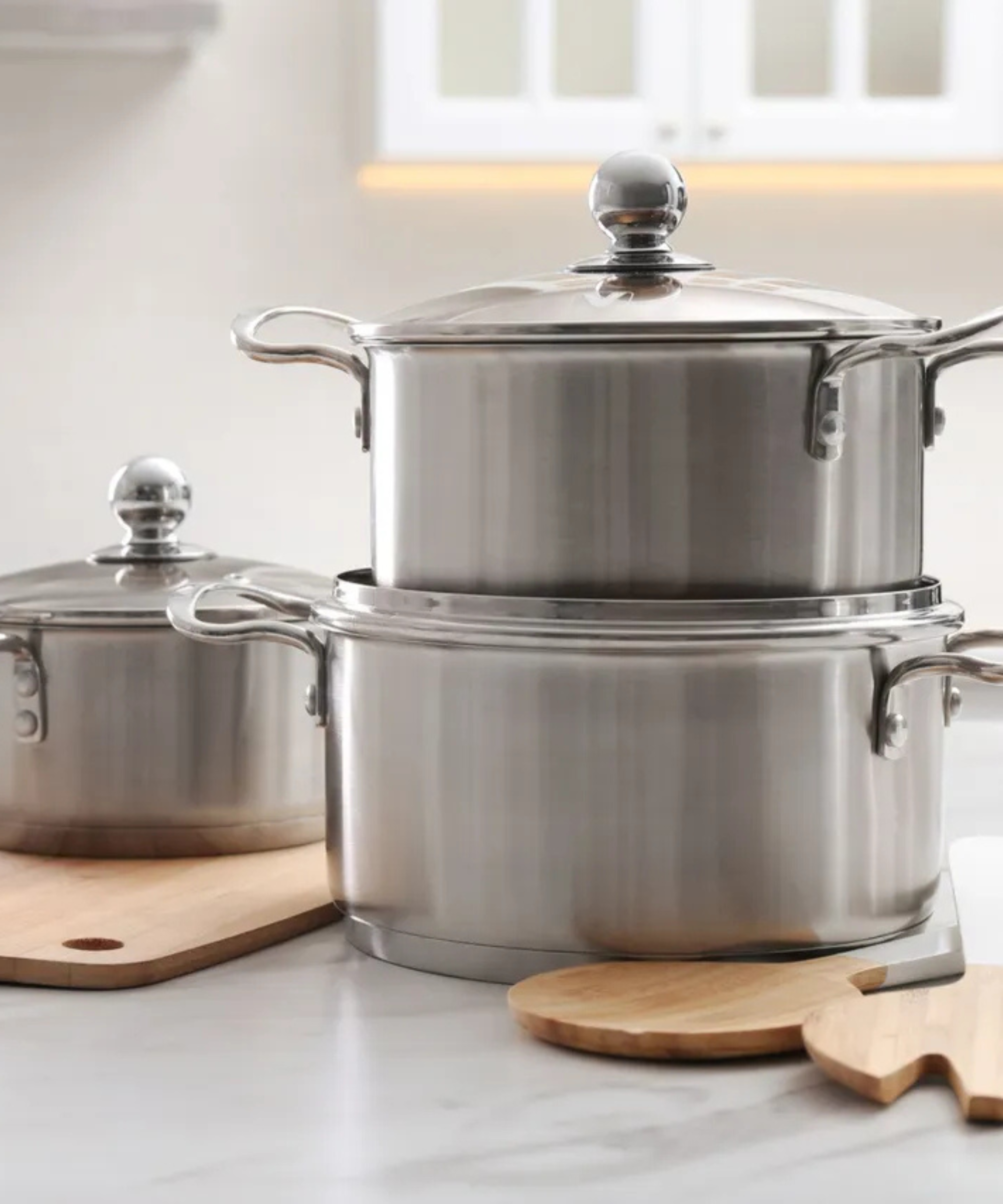
When I researched, 'Is aluminum cookware safe to use?' medical toxicologist at Case Western Reserve School of Medicine, Dr. Ryan Marino, explained: 'The amount of aluminum that cookware may contribute to food is usually minimal, usually far less than is already present in all of the foods we eat, and should not pose any health risk for most people using it as intended.'
However, Dr. Marino explains that cooking acidic ingredients in bare aluminum pots and pans can accelerate leaching, increasing the amount of aluminum that ends up on your dinner plate. 'Foods and recipes high in salt can have a similar effect as well,' adds Bryan Quoc Le PhD, food scientist and industry expert at Mendocino Food Consulting.
Carbon steel, copper & cast iron
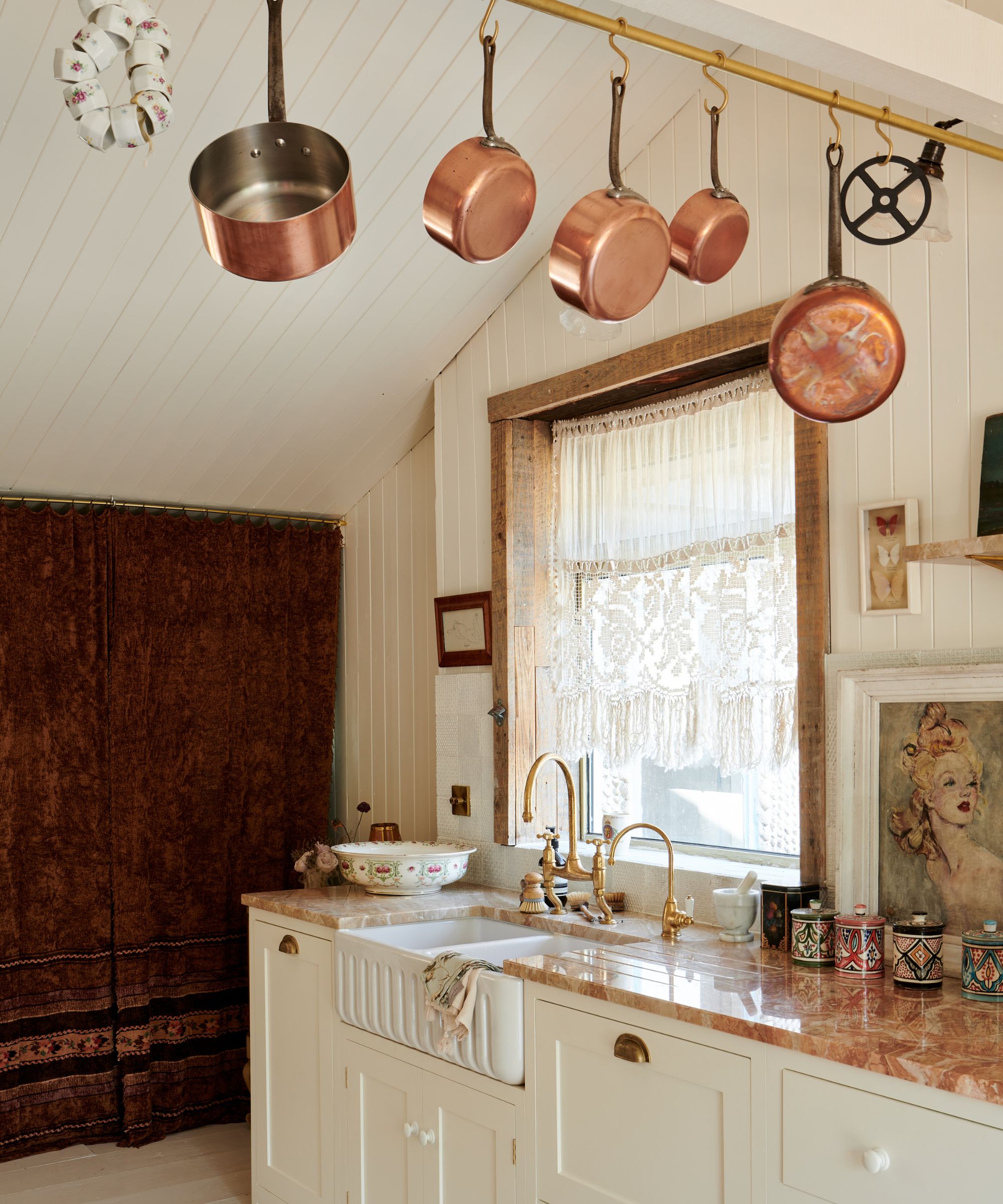
These materials are also safe when used correctly, but you must avoid using them in conjunction with very acidic or salty dishes.
When I covered 'Is carbon steel cookware safe to use?', food scientist and industry consultant, Dr. Bryan Quoc Le, explained: 'The main risk to health is cooking acidic or highly salty foods in carbon steel cookware, which can lead to corrosion. While that can increase the iron content of the food, for most people that is not a problem.'
The same leaching effect happens when you combine unlined copper or unlined cast iron cookware with acidic ingredients. Nutritionist Lindsay Malone says, 'For individuals where excess iron may be an issue (such as hemochromatosis), another choice of cookware makes sense.'
Materials to avoid
Some materials commonly found in appliances can pose health risks, especially when exposed to high heat or wear over time.
PFAS and Teflon (PFTE) coatings
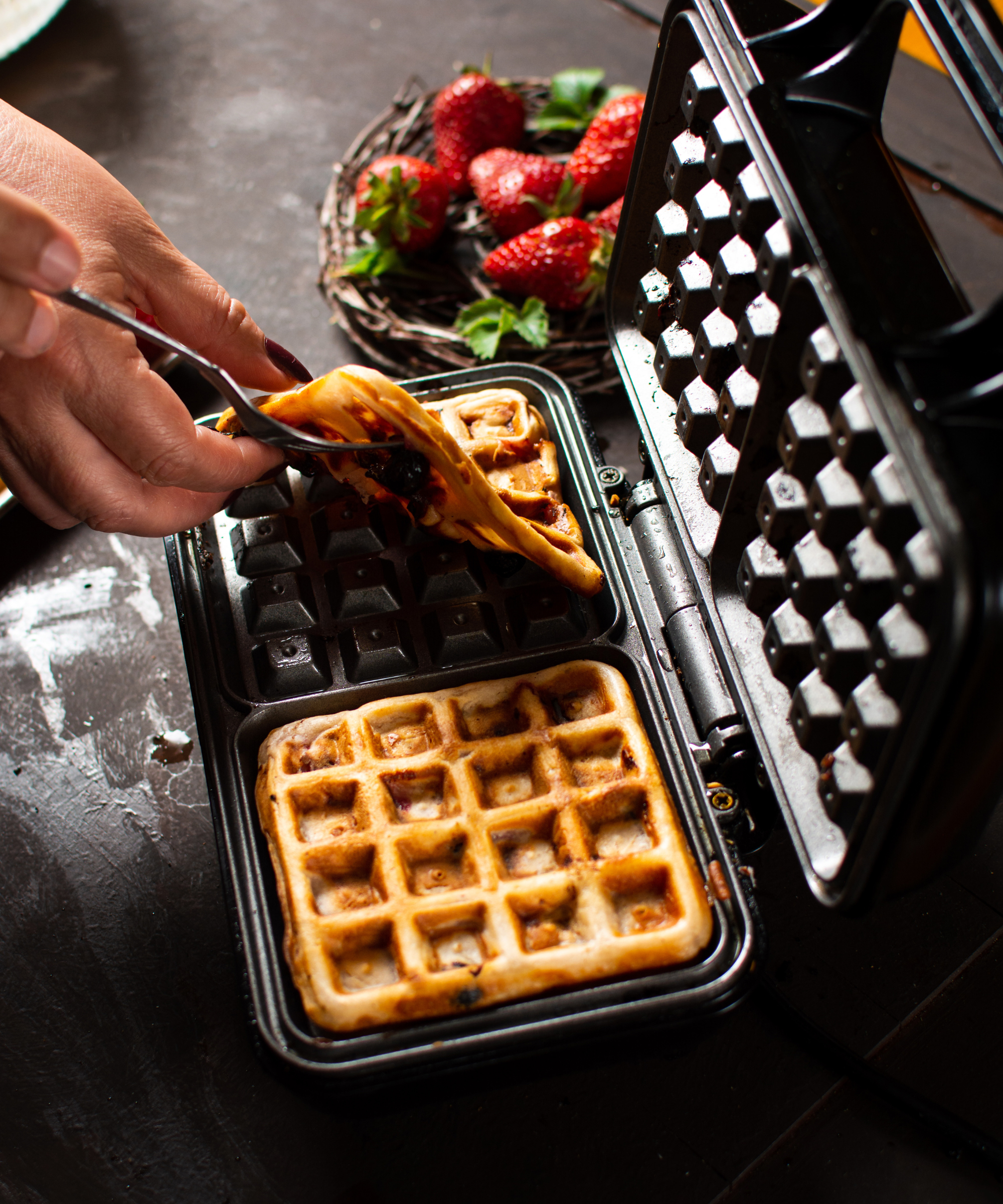
When I looked into 'What does non-toxic cookware really mean?' I learnt that the most famous toxin found in kitchen appliances is known as PFAS. This includes Teflon (PFTE). These chemicals are largely used in appliances that benefit from non-stick coatings, such as waffle and toastie makers, air fryers, and frying pans.
The first thing to note is that, according to the FDA, these chemicals are 'joined together in large molecules and are tightly bound to your cookware, so very little is capable of getting into food.'
However, they also acknowledge that exposure to PFAS has been linked to serious health issues, such as 'increased cholesterol, high blood pressure, developmental effects, reduced immune response, and increased cancer risk.' The International Agency for Research on Cancer has classified PFOA (a common PFAS chemical) as 'carcinogenic to humans', and a 2023 study by Mount Sinai's Department of Public Health found that elevated PFAS levels in the bloodstream could reduce fertility by up to 40%.
The idea of ingesting these chemicals is understandably concerning. When I consulted Dr. Bruce Jarnot, a board-certified toxicologist with over 30 years of experience in product safety and global materials compliance, he concluded: 'I’d recommend selecting appliances marketed as PFAS Free.'
Cheap BPA Plastics
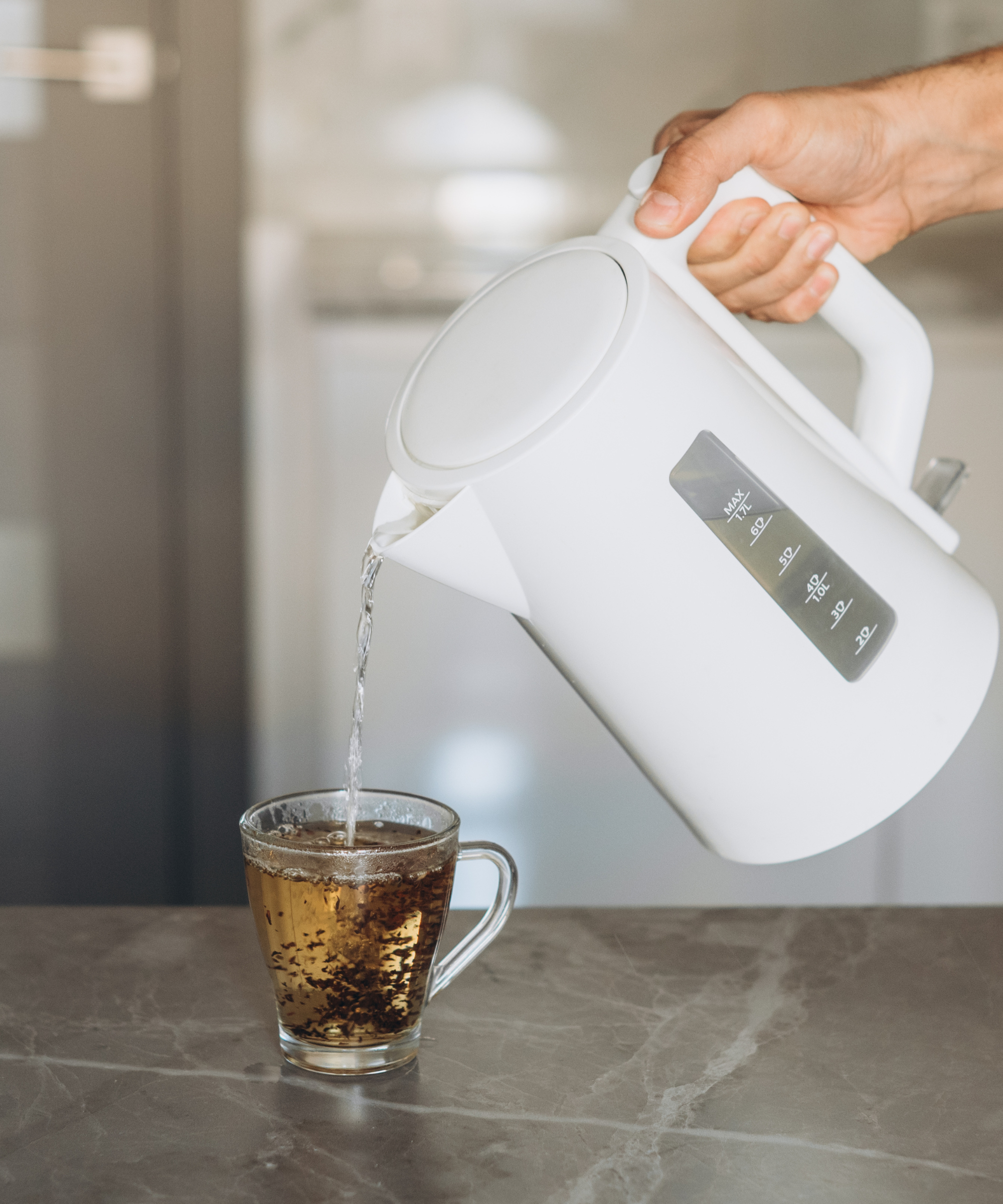
When our in-house coffee expert, Laura Honey, was researching: 'Are coffee makers are toxic?, we spoke with Kelly Johnson-Arbor, a medical toxicology physician and interim executive director at National Capital Poison Center. She said that ‘plastics used in coffee makers can contain potentially dangerous chemicals, including BPA’. These plastics are often chosen as they're cheap, stain-resistant and waterproof. However, Kelly explained that BPA is associated with health issues, including endocrine disruption and impaired fertility.
I also spoke to a kitchen professional to get a food expert's point of view. Chef Frank Bonanno runs several professional kitchens and is an expert in evaluating appliance materials, safety certifications, and long-term durability. 'In the professional environment, we know that these 'cheaper' plastics not only leach chemicals but also don’t stand up to heat stress over time,' he says. 'You should be cautious of any appliance that contains an abundance of plastic materials that are in direct contact with hot food or liquids,' he concludes.
Lead & Cadmium

You may have seen brands like Our Place advertising their non-toxic kitchen appliances as 'free from lead and cadmium.' The FDA has classed these two heavy metals as human health risks and have imposed heavy regulations that ban 'cadmium for use as a color additive or food additive (including as a component of foodware, cookware, or food contact surfaces).'
The main cause for concern is around imported kitchen appliances, which may not be under such strict regulations. The expert advice is, if you're concerned, always look for certifications from the FDA indicating that the product has been tested and meets safety standards.
Our favorite non-toxic kitchen appliances: tried and tested
With insight from toxicologists like Dr. Jarnot and Dr. Johnson-Arbor, plus guidance from professional chefs, nutritional consultants, and our in-house product testers, I’ve handpicked the most reliable non-toxic appliances available. Whether you're setting up your first kitchen or detoxing an old one, I hope this list helps you build a space that’s as healthy and wholesome as it is beautiful.
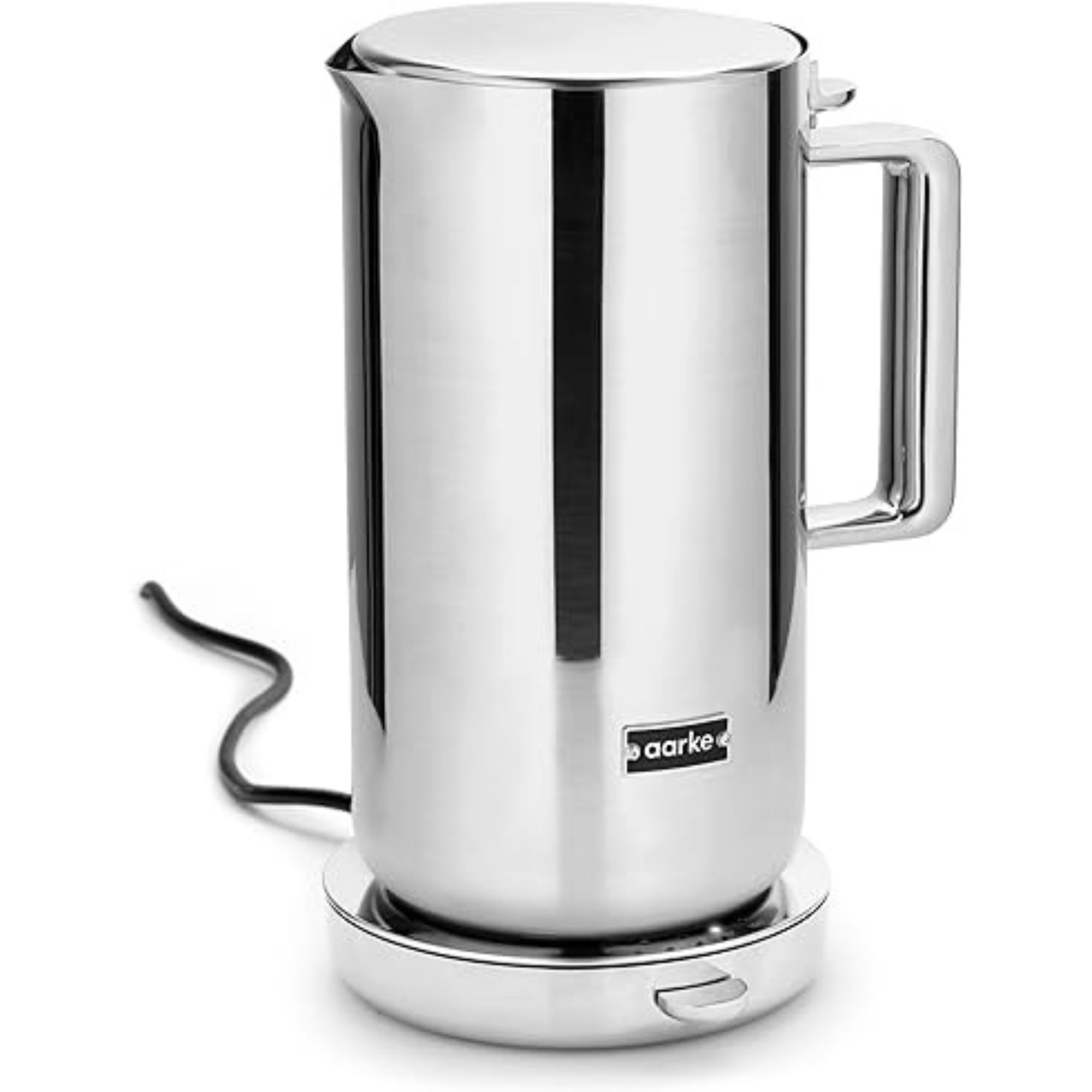
The Aarke Electric Kettle is made from high-quality stainless steel, a non-toxic material that doesn't leach harmful chemicals, even at boiling hot temperatures.
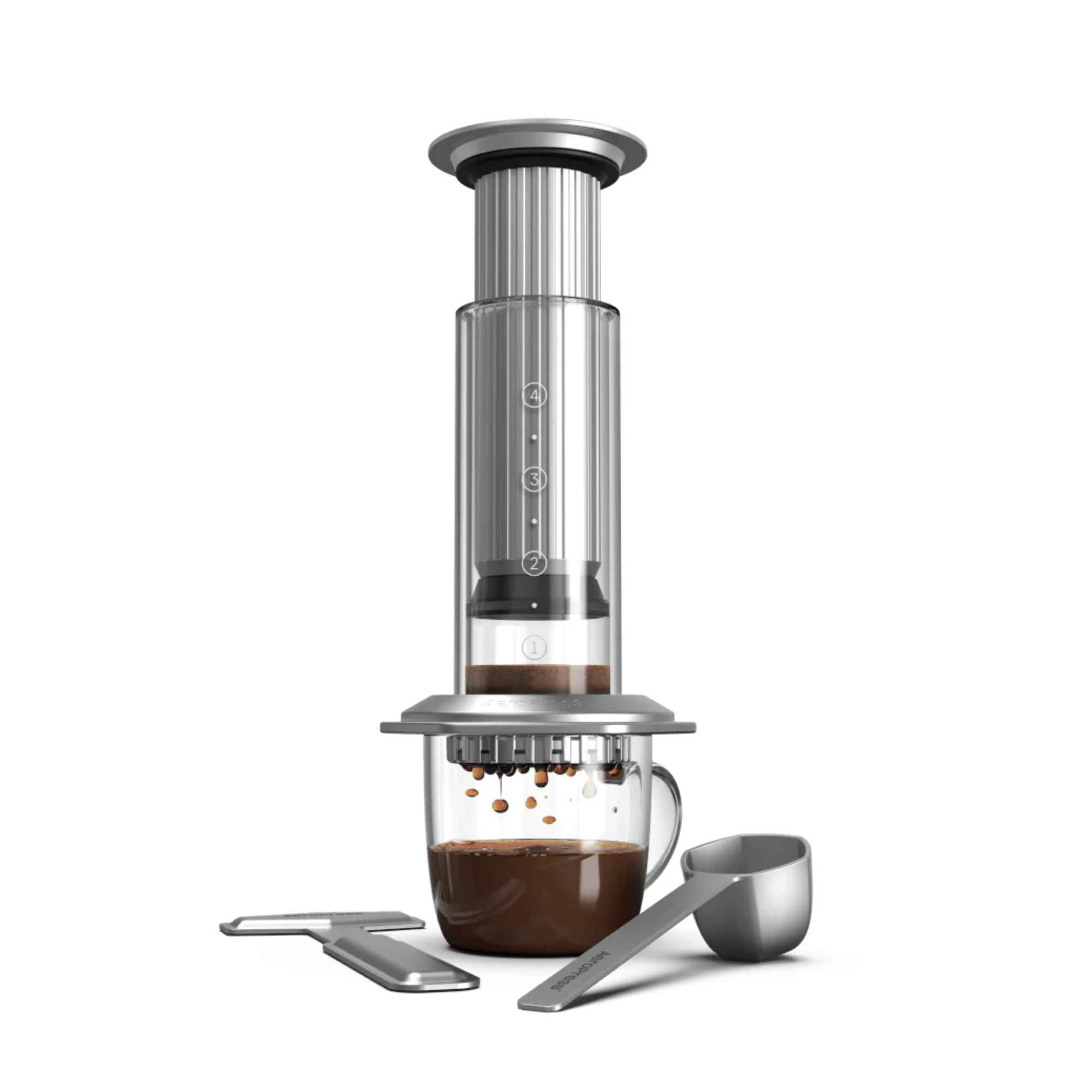
Looking for speedy coffee? Forget plastic pod machines. The Aeropress Premium is made from stainless steel and high-quality glass. It is easy to use, and even simpler to clean.
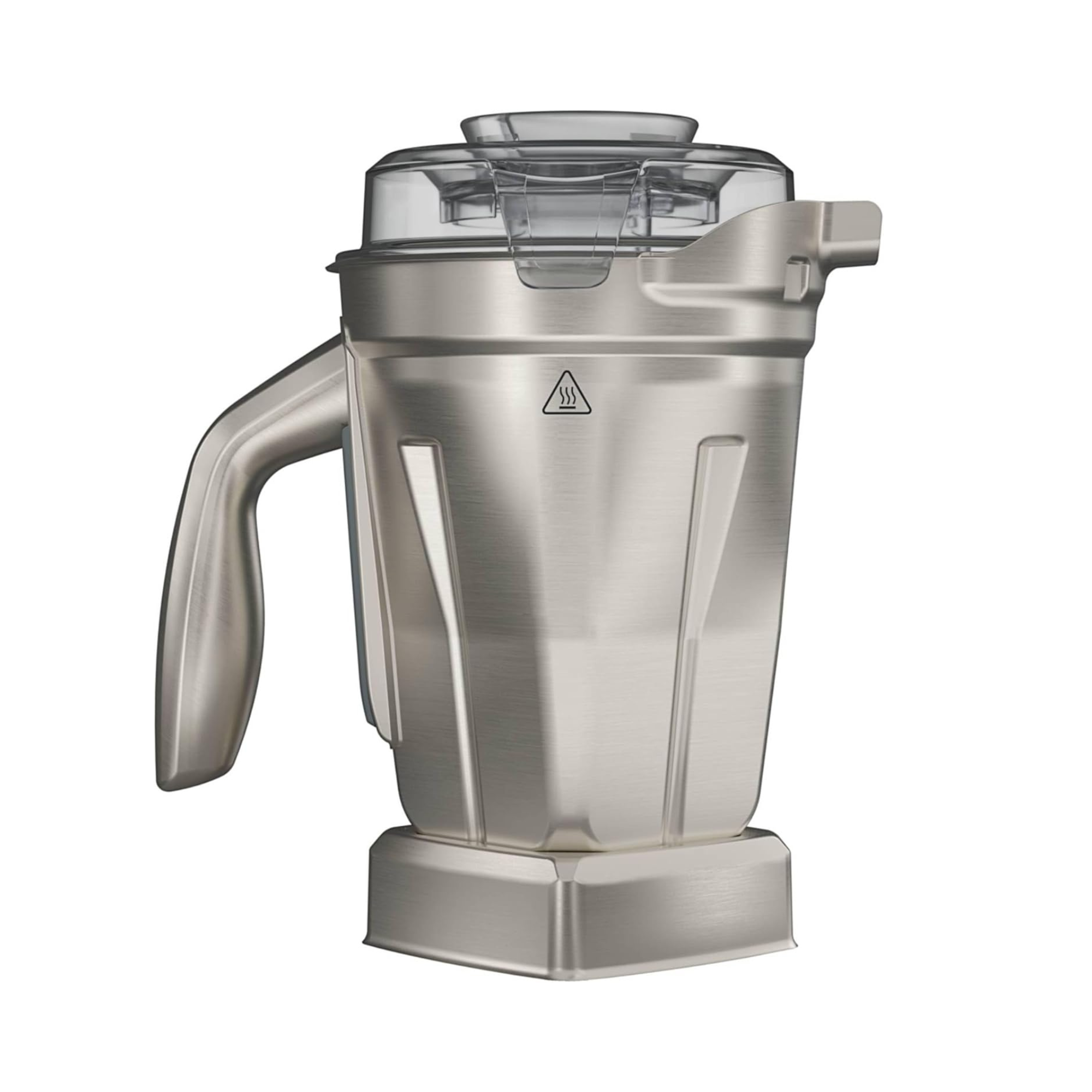
Vitamix make the very best blenders on the market, and they’re now available with a low-toxin accessory: the stainless steel container. Ideal for blending hot soups or healthy smoothies, and storing them safely in the refrigerator.
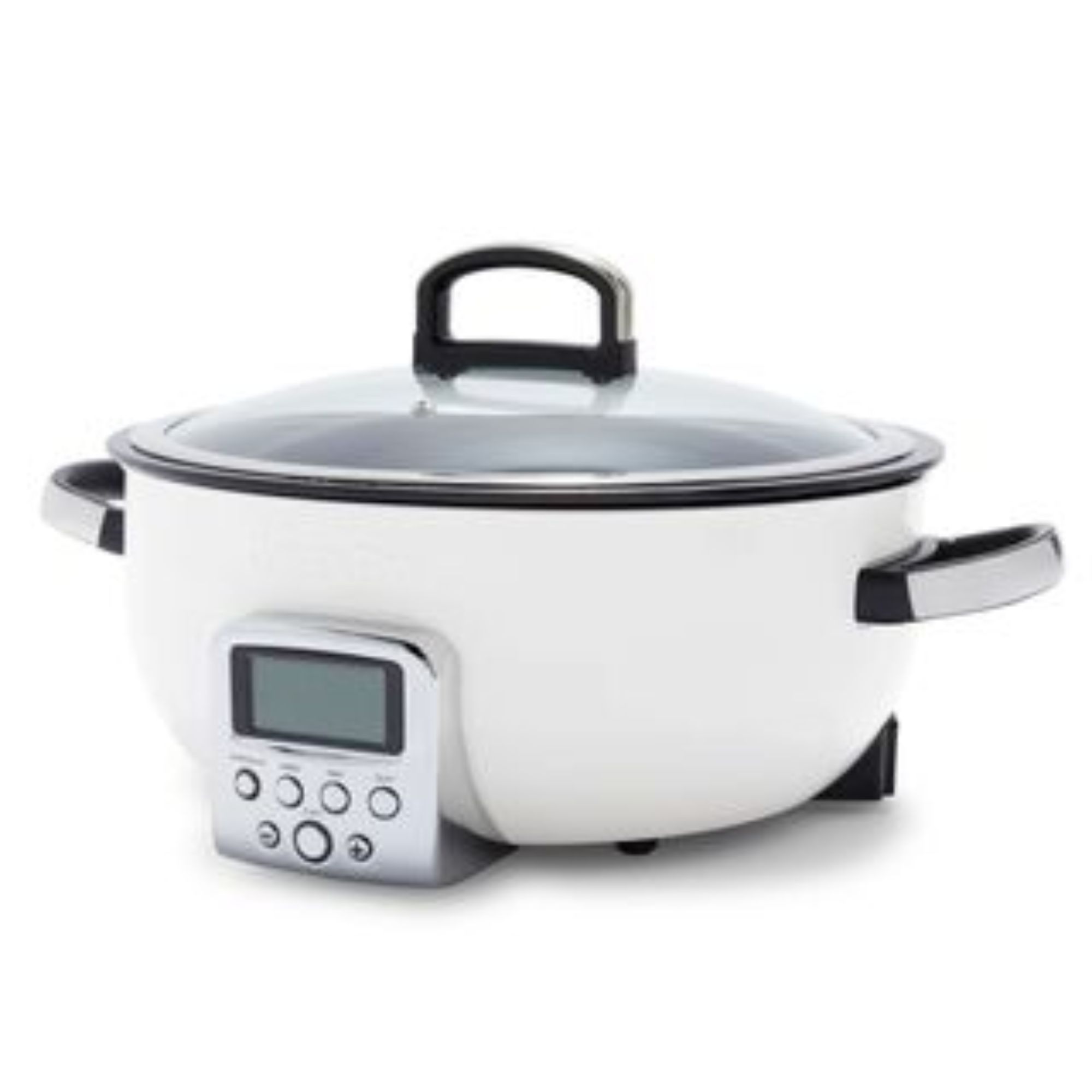
This slow cooker uses GreenPan's ceramic-based coating, which is free from PFAS, PFOA, lead and cadmium that could corrupt your cooking. It's ideal for slow-cooking dhals, stews, and casseroles.
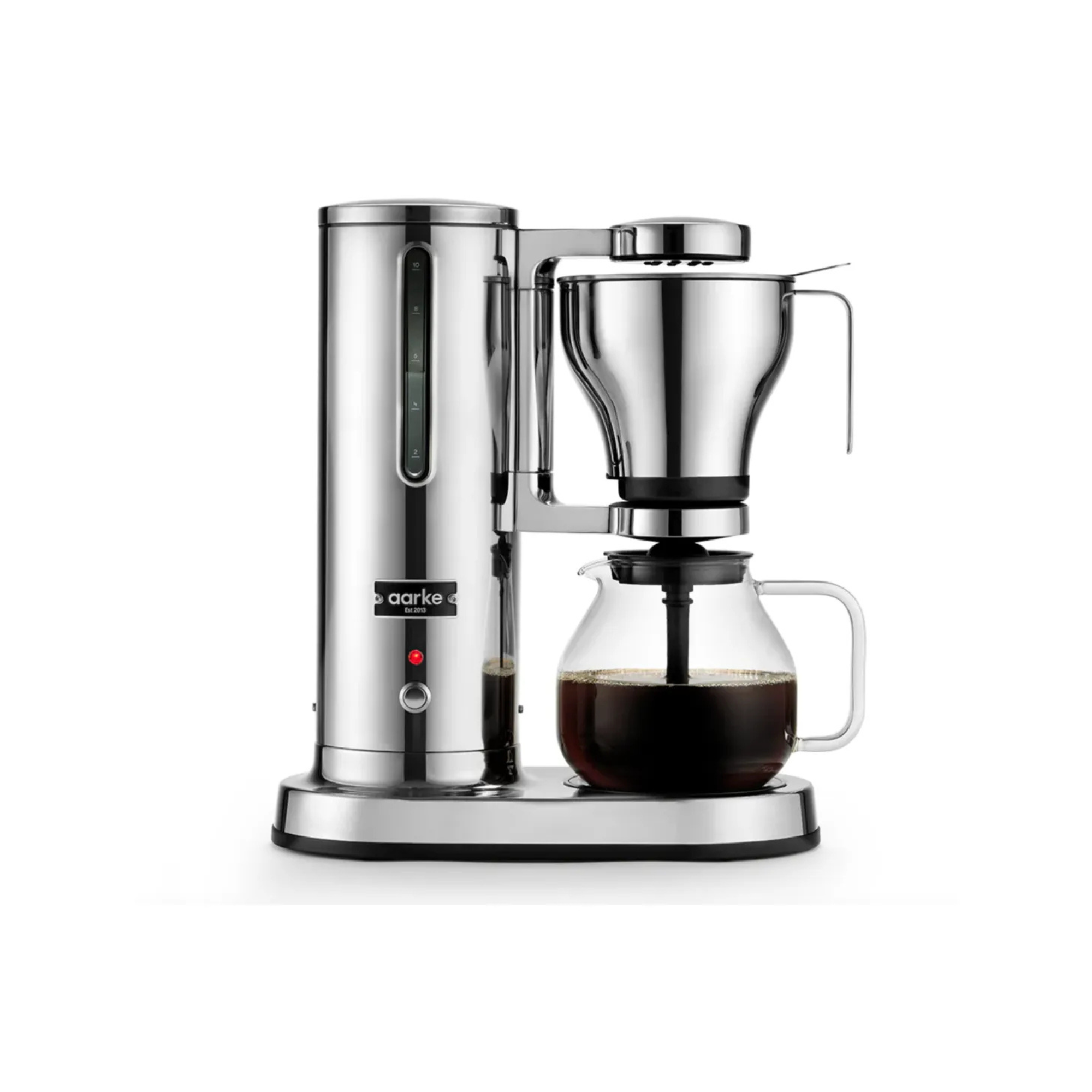
With 10-cup capacity, this sleek drip coffee maker is made of stainless steel and glass. Ideal for serving quality drip coffee for the whole family or guests.

This spacious air fryer / oven can bake, roast, reheat, or air fry enough for the whole family. We love the accessible French door design, stainless steel racks, and reasonable price.
An A-Z of brands we trust
- Aarke: glass / stainless steel kettles, coffee makers & soda makers
- Aeropress: glass and BPA-free single-serve coffee makers
- Caraway: PFAS-free bakeware, pans, kettles and glass storage
- Le Creuset: cast iron cookware with a protective enamel layer
- GreenPan: ceramic-coated slow-cookers, air fryers, pans, and more
- KitchenAid Mixers: stainless steel attachments, glass, and wooden bowls
- Made In: stainless steel and ceramic non-stick cookware
- Moccamaster: home to BPA-free and PFAS-free coffee makers
- Our Place: non-toxic toaster ovens, blenders, slow-cookers, and more
- Staub: Premium French cast iron cookare
- Vitamix: stainless steel and BPA-free Tritan pitchers
Meet the experts
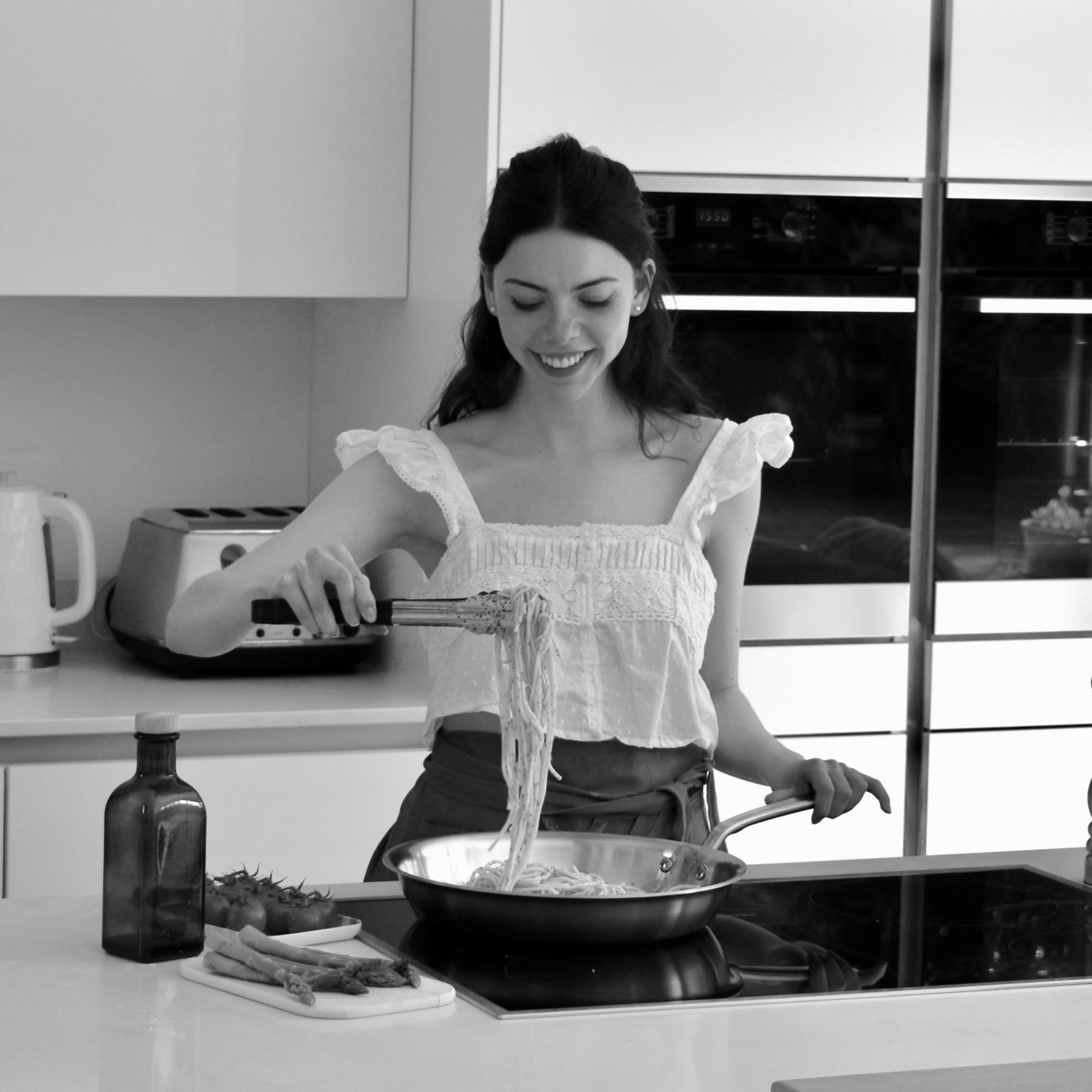
As Kitchen Editor at Homes & Gardens, I lead research, testing, and reviews on the top non-toxic kitchen appliances – from the best non-toxic coffee makers to non-toxic air fryers. I spend my days interviewing toxicologists and analyzing material lists, looking for stainless steel, glass and ceramic appliances that are safe to use at high temperatures, won't contaminate your food, and will last a long time. As the author of this guide, I have tested all the recommended brands and appliances in my kitchen at home.

Bruce is a board-certified PhD Toxicologist. He works as a materials compliance expert at Assent, where he helps global manufacturers to meet sustainability, product, and chemical regulatory requirements. He has worked in toxicology for over 30 years, gaining a broad knowledge of global product compliance (including Proposition 65), FDA and USDA standards. He is also a materials scientist and a diplomate of the American Board of Toxicology, Inc.

Kelly Johnson-Arbor is a medical toxicology physician and interim executive director at National Capital Poison Center. She's an expert in the technical side of coffee makers, so is a useful expert for some perspective on whether coffee makers are toxic.

Chiana is a Solved editor at Homes & Gardens and is our resident 'queen' of non-toxic living. She spends most of her time producing content for the Solved section of the website, helping readers get the most out of their homes through clever decluttering, cleaning, and tidying tips – many of which she tests and reviews herself in her own home to ensure they will consistently deliver for her readers. As a result, she was named one of Fixr's top home improvement journalists in 2024.

Dr. Ryan Marino is a medical toxicologist, emergency physician and addiction medicine specialist as well as associate professor in the departments of emergency medicine and psychiatry at Case Western Reserve University School of Medicine.

Dr. Brandon is a nationally recognized expert in microplastic pollution, climate science, and sustainability, with a Ph.D. in Biological Oceanography from Scripps Institution of Oceanography.

Lindsay Malone is an Integrative and Functional Medicine Dietitian. Her decade of experience in healthcare and education includes advanced practice at the world-renowned Cleveland Clinic as well as teaching nutrition at Case Western Reserve University and within the community.
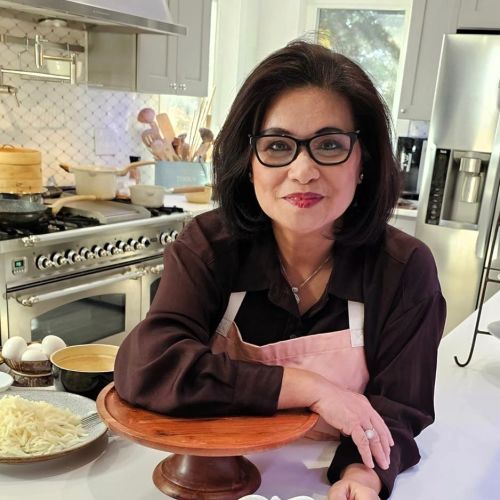
Maricel Gentile is not just a professional chef and restaurant owner, she’s a passionate teacher who has helped thousands of home cooks discover the joy of cooking Asian dishes with confidence. With appearances on The Food Network, Hulu, and PBS, chef Maricel brings her rich culinary heritage and teaching experience to your kitchen.

Dr. Bryan Quoc Le is an acclaimed food scientist, food industry consultant, and author of the book, 150 Food Science Questions Answered. After years of working as a research fellow and scholar, he founded Mendocino Food Consulting where he currently serves as and currently serves as the Principal Food Consultant.
FAQs
What are toxins in kitchenware?
When kitchenware brands talk about ‘toxins’, they’re usually referring to PFAS.
First used in the 1940s, PFAS are chemicals that resist grease, oil, water, and heat. These chemicals are super stubborn, so they’re often found in products designed to be stain-resistant, clean, and dry (like cookware, cleaning products, and carpets).
The FDA says, 'Exposure to certain PFAS types has been linked to significant health issues, such as increased cholesterol, high blood pressure, developmental effects, reduced immune response, altered liver function, and increased cancer risk.'
You can find more information in my guide to non-toxic cookware.
What is the best non-toxic toaster oven?
As a team of product testers, we trialled a range of the best toaster ovens and appreciated the KitchenAid Digital Toaster Oven for its stainless steel racks and spacious interiors. The toast took a while to brown, but the French fries and fried chicken we made in the KitchenAid were crispy and effortless. For a beautiful, safer toaster oven with air frying capabilities, look no further.
Is there a non-toxic food processor?
Often, it is a struggle to find fancy modern machines made from the safest materials like stainless steel and glass. I've been struggling to find a food processor that doesn't use plastic, although I believe BPA-free Tritan plastic to be safe in this case, since you are unlikely to use boiling hot ingredients in a food processor.
If you are concerned, I often go back to basics to avoid plastics in my kitchen; I like to use this marble pestle and mortar from Crate & Barrel for grinding herbs and mashing dips.
Design expertise in your inbox – from inspiring decorating ideas and beautiful celebrity homes to practical gardening advice and shopping round-ups.

Lydia is the Kitchen Appliances Editor for Homes & Gardens, testing everything from air fryers and mixers to juicers and coffee machines. She trained in Culinary Arts at Leiths School of Food & Wine and previously served as the Recipe Editor for Mindful Chef.